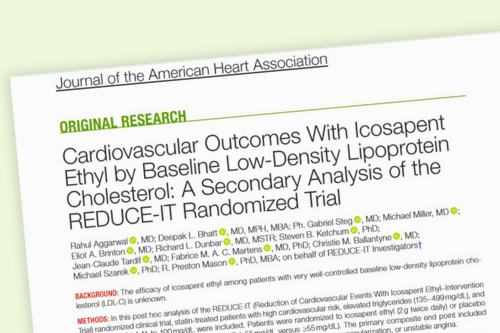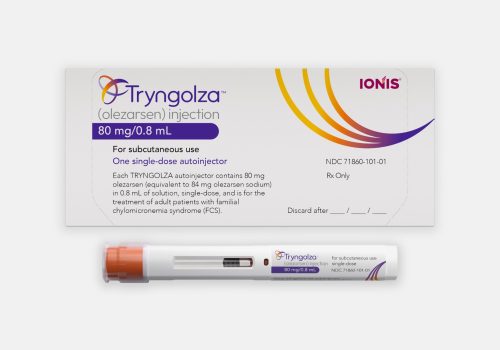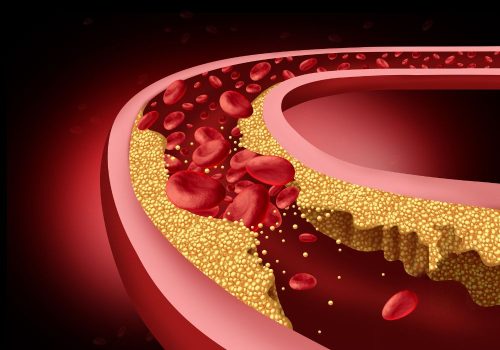One in three individuals receiving CHD secondary prevention care has hypertriglyceridaemia (HTG), despite the fact that 85% use lipid-modifying therapies, mainly statins.
Plozasiran shows beneficial effects on TRL particles
Plozasiran was associated with favourable changes to the number and size of triglyceride-rich lipoprotein particles (TRL-P) in the Phase 2 SHASTA-2 and MUIR studies in patients with severe hypertriglyceridaemia and mixed hyperlipidaemia, respectively.
Icosapent ethyl benefits on CV outcomes unaffected by baseline LDL-C
Among statin-treated patients with elevated TG and high cardiovascular (CV) risk, icosapent ethyl (IPE) reduced CV events irrespective of baseline LDL-C. These are the latest findings to be published from post hoc analyses of data from REDUCE-IT. Among 8175 patients with baseline LDL-C data, 7117 (87.1%) had LDL-C ≥55 mg/dL and 1058 (12.9%) had LDL-C […]
Tryngolza (olezarsen) approved for FCS in USA
The apoC3 inhibitor, Tryngolza (olezarsen), has been approved by the US Food and Drug Administration (FDA) for use in adults with familial chylomicronaemia syndrome (FCS) as an adjunct to diet.
Remnant cholesterol linked to ASCVD events in diabetes and impaired renal function
One in five atherosclerotic cardiovascular disease (ASCVD) events in people with diabetes can be attributed to elevated remnant cholesterol, according to an analysis of 3,806 individuals with diabetes identified among 107,243 people from the Copenhagen General Population Study (CGPS).1 Elevated remnant cholesterol was defined as levels higher than those in individuals with non-HDL-C <2.6 mmol/L (100 mg/dL), […]
Comparing FCS with MCS
Targeted DNA sequencing in 193 patients with severe hypertriglyceridemia has shone new light on differences and similarities between familial chylomicronaemia syndrome (FCS) and multifactorial chylomicronaemia syndrome (MCS). The study showed that patients with FCS were significantly younger than those with MCS (31.4±16.7 vs. 51.0±11.3 years; p=0.003), with earlier age at symptom onset (15.0±15.8 vs. 37.8±8.8 […]










